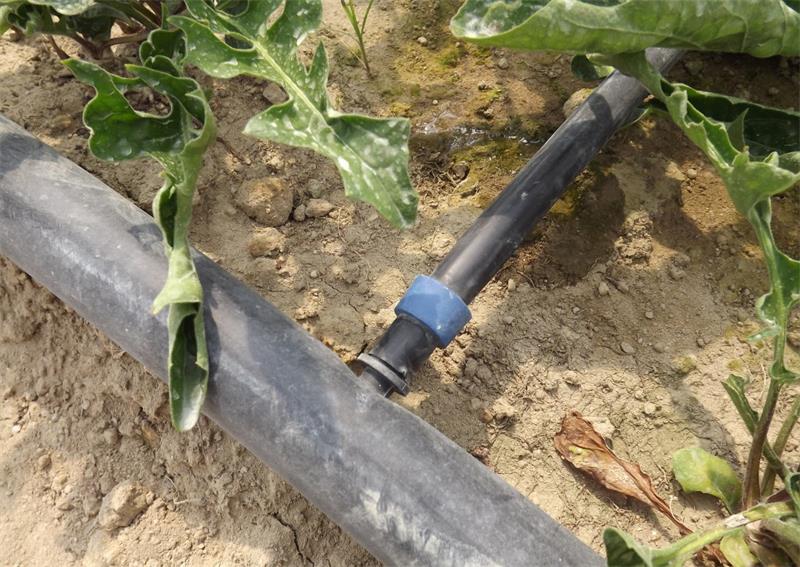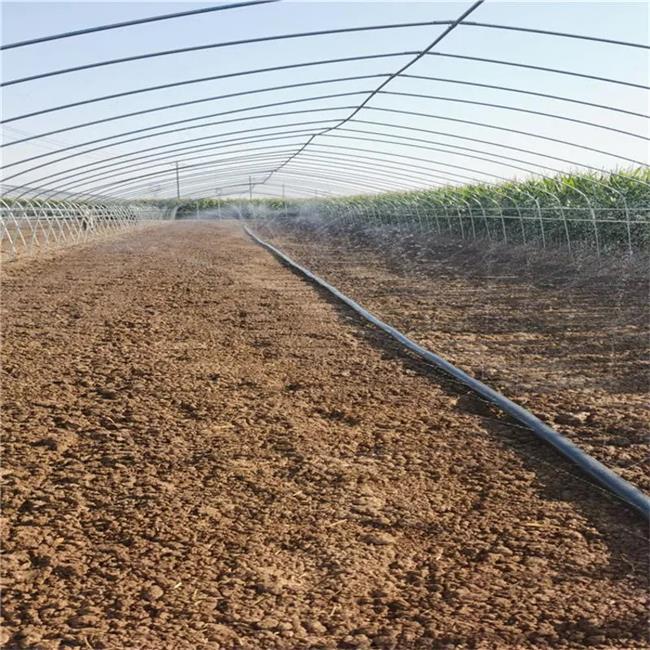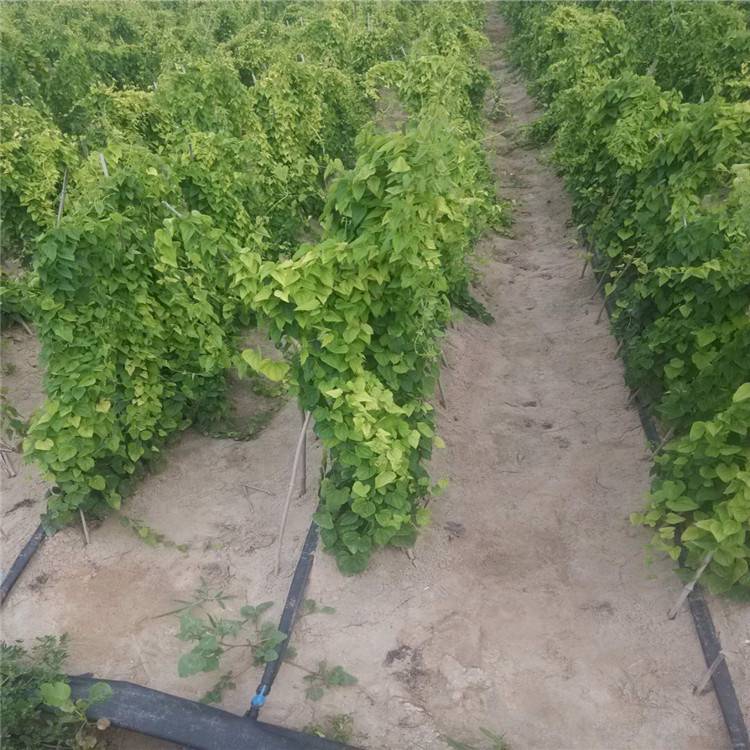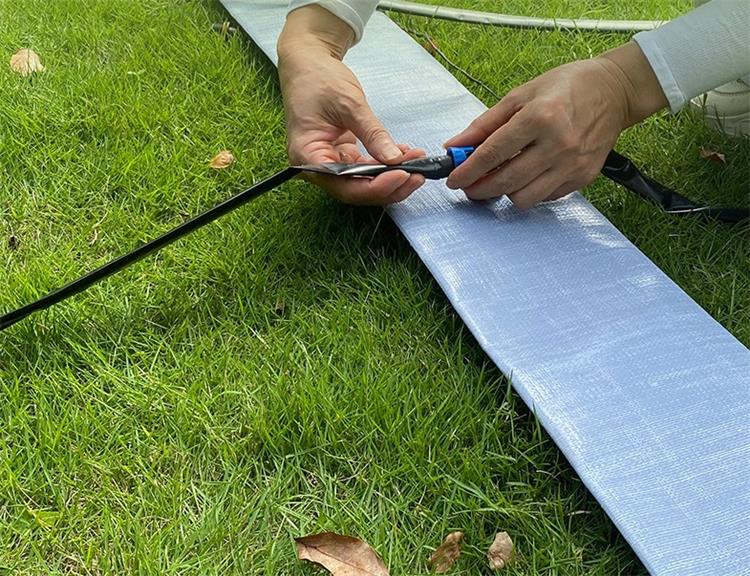The use of drip irrigation systems in agriculture brings significant convenience and efficiency to crop production. However, like any other equipment, agricultural irrigation systems require regular maintenance, especially given the complex and variable nature of agricultural environments, which can expose equipment to various natural elements. Here’s a guide on how to maintain different components of an agricultural drip irrigation system:
1. Water Source System: Focus on Preventing Blockages
The primary goal of inspecting the water source system is to prevent debris from entering the pipes. Regular checks are essential to identify and eliminate potential hazards. If a water reservoir has been built, it’s important to periodically clean out any accumulated silt or other sediments. For systems using rivers or lakes as water sources, check the intake of the water pump for debris, which could reduce the pump’s efficiency. After each irrigation cycle, ensure all pipes are drained, and seal the valves at the water source to prevent contamination.
2. Pipes and Main Line Systems: Regular Flushing Required
The pipes in a drip irrigation system can accumulate sediments, as well as residues from fertilizers and pesticides. Regular flushing is necessary to maintain clean pipes. If the water source is of poor quality and contains fine impurities, the lateral pipes should be flushed weekly. This involves removing the drip heads at the ends of PE lateral pipes and flushing out any small particles. During flushing, open the pipes sequentially rather than all at once to maintain system pressure. Each irrigation unit should be flushed monthly; this involves opening the end caps of the main or secondary pipes to increase water pressure for thorough cleaning. After flushing, drain the water and reseal the pipes.
3. Winter Maintenance: Prioritize Removal and Storage
Drip irrigation systems are primarily composed of plastic materials, which can be vulnerable to damage in cold winter conditions, especially in northern regions. To ensure the system remains operational for the next season, it’s crucial to take protective measures during winter. The recommended approach is to remove and store all detachable parts. Clean these components thoroughly, drain any residual water, and store them in a safe place, ensuring they are protected from debris. When removing valves, pipes, and connectors, handle plastic parts carefully to avoid damage. Any damaged components should be noted for replacement in the next season.
For parts that cannot be removed, start by cleaning the entire irrigation system before winter arrives. This involves flushing the irrigation units, opening the valves, and removing end caps to flush out any accumulated debris. After flushing, ensure that all water is drained from the pipes to prevent freezing and cracking.
Regular maintenance not only extends the lifespan of the irrigation system but also ensures its efficient operation, leading to better crop yields and resource management. By following these guidelines, you can keep your agricultural drip irrigation system in optimal condition throughout the year.




